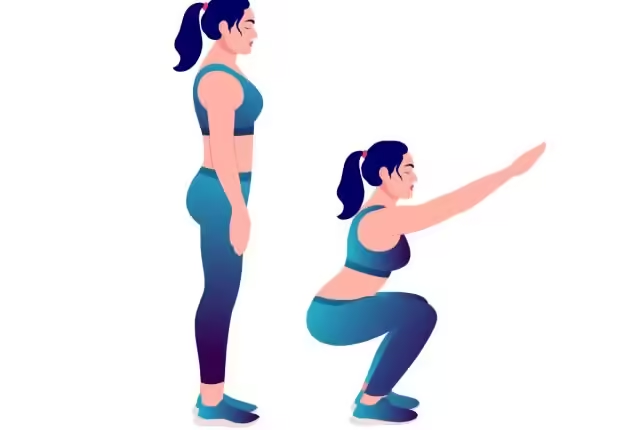As we grow older, it becomes more and more crucial to retain muscle strength and mobility for our general well-being and autonomy. Resistance workouts play a significant role in maintaining muscle mass, increasing bone density, and revving up metabolism, all of which tend to decline as we age. By including resistance exercises in your daily regimen, you not only slow down the natural weakening of muscles but also improve stability in your joints, lower the risk of injuries, and keep your body agile.
The great thing about resistance training is its adaptability. Whether you opt for dumbbells, resistance bands, or rely on your body weight, you can customize these exercises to match your fitness level and requirements. The key is to gradually challenge your muscles, concentrating on movements that enhance strength in all major muscle groups. This approach allows you to enhance your physical abilities continually and sustain a sturdy and practical physique.
Highlighted below are some of the top resistance-building exercises for maintaining strength as you age. Each exercise targets specific muscle sets to deliver a well-rounded workout, making it ideal for individuals aiming to remain healthy, energetic, and robust well into their later years.
Squat
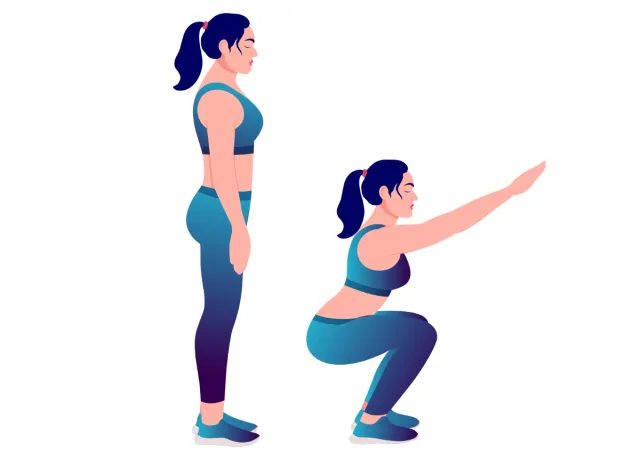
This foundational movement targets the quadriceps, glutes, hamstrings, and core, making it one of the best lower-body exercises for building strength and mobility.
- Stand with your feet shoulder-width apart and arms extended in front of you for balance.
- Lower your hips down and back as if sitting in a chair, keeping your chest upright and knees behind your toes.
- Push through your heels to return to the starting position.
- Complete 3 sets of 10-12 reps.
Pushup
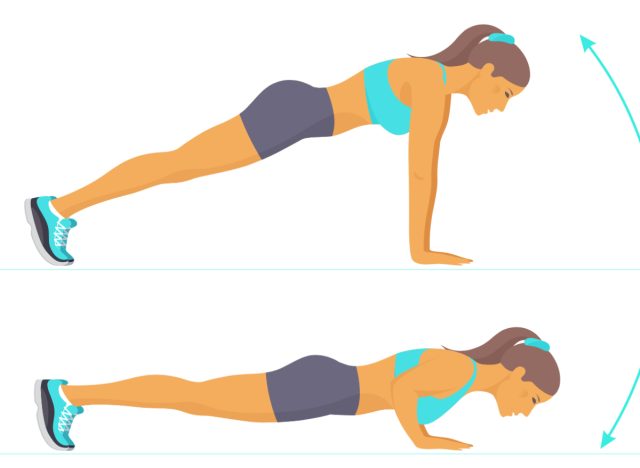
Pushups work the chest, shoulders, triceps, and core, helping to build upper-body strength while engaging the entire body for stability.
- Start in a high plank position with your hands slightly wider than shoulder-width apart.
- Lower your body toward the floor, keeping your body in a straight line from head to heels.
- Push back up to the starting position.
- Complete 3 sets of 10-12 reps.
Deadlift
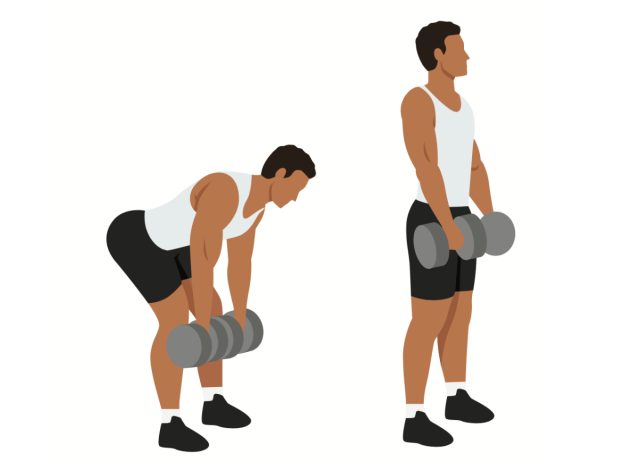
The deadlift is a compound movement that strengthens the posterior chain, including the hamstrings, glutes, lower back, and core. It’s great for building functional strength and improving posture.
- Stand with your feet hip-width apart and a dumbbell in each hand in front of your thighs.
- Hinge at your hips, lowering the dumbbells down your legs while keeping your back straight.
- Return to the starting position by driving your hips forward and standing tall.
- Complete 3 sets of 10-12 reps.
Resistance Band Row
This exercise targets the upper back muscles, including the rhomboids, traps, and lats, helping to improve posture and shoulder stability.
- Secure a resistance band to a sturdy anchor at chest height.
- Hold the handles with arms extended, then pull them toward your chest, squeezing your shoulder blades together.
- Slowly return to the starting position and repeat.
- Complete 3 sets of 10-12 reps.
Glute Bridge
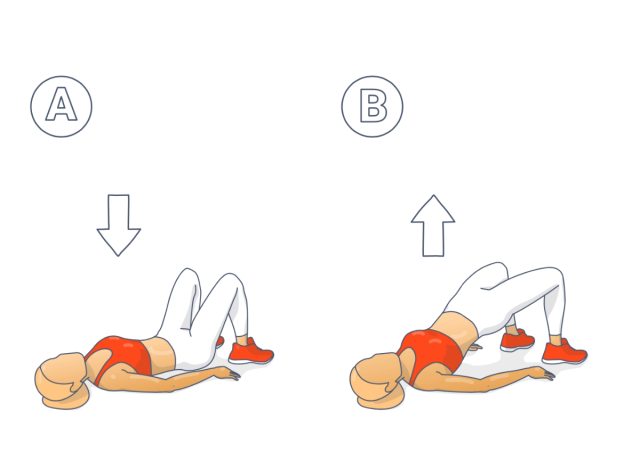
Glute bridges work the glutes, hamstrings, and lower back, making them excellent for improving hip stability and strength. This is particularly important for those who sit for long periods.
- Lie on your back with your knees bent and feet flat on the floor.
- Lift your hips off the ground, squeezing your glutes at the top.
- Lower your hips back down and repeat.
- Complete 3 sets of 10 to 12 reps.
Overhead Press
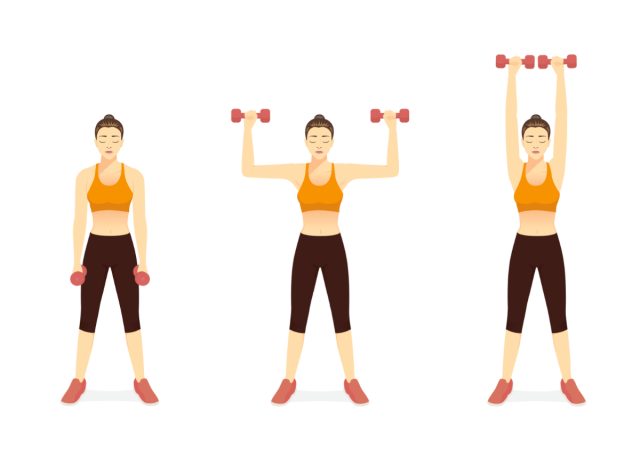
This move strengthens the shoulders, upper back, and triceps while also engaging the core for balance and stability.
- Stand or sit with a dumbbell in each hand at shoulder height, palms facing forward.
- Press the dumbbells overhead until your arms are fully extended.
- Lower the dumbbells back to shoulder height and repeat.
- Complete 3 sets of 10-12 reps.
Lunge
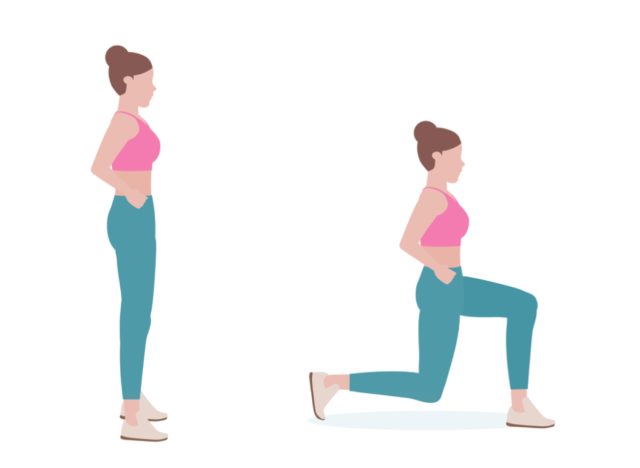
Lunges are a great unilateral exercise for building lower-body strength, particularly in the quads, hamstrings, and glutes, while also improving balance.
- Stand with your feet together and take a step forward with your right leg.
- Lower your body until your front thigh is parallel to the ground, keeping your back leg straight.
- Push through your front foot to return to the starting position and switch legs.
- Complete 3 sets of 10-12 reps per side.
Chest Fly
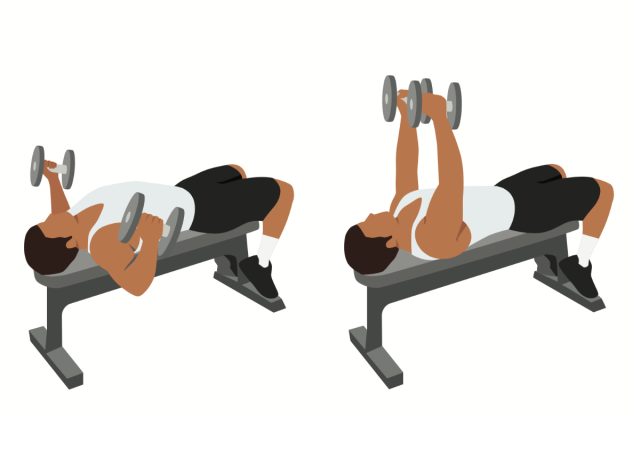
This isolation exercise works the chest muscles, providing a stimulus different from pushups or presses, helping to develop a well-rounded chest.
- Lie on a bench with a dumbbell in each hand, arms extended above your chest, palms facing each other.
- Slowly lower the dumbbells out to your sides, keeping a slight bend in your elbows.
- Bring the dumbbells back to the starting position, squeezing your chest at the top.
- Complete 3 sets of 10-12 reps.
Seated Row
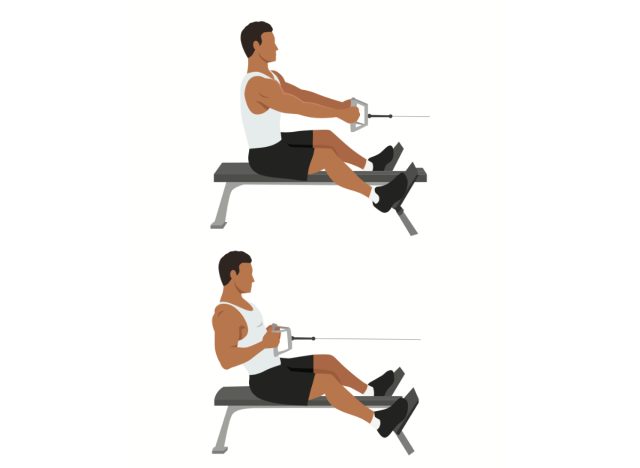
A seated row helps strengthen the back muscles, particularly the lats, rhomboids, and traps, while also engaging the biceps.
- Sit at a seated row machine with your feet on the platform and your hands holding the handles.
- Pull the handles toward your chest, keeping your back straight and elbows close to your body.
- Slowly return to the starting position and repeat.
- Complete 3 sets of 10-12 reps.
Leg Curl (With Resistance Band)
This exercise targets the hamstrings and glutes, helping to improve lower-body strength and prevent knee injuries.
- Lie on your stomach with a resistance band looped around your ankles.
- Bend your knees to pull your heels toward your glutes, feeling the tension in your hamstrings.
- Slowly extend your legs back out and repeat.
- Complete 3 sets of 10-12 reps.
Side Plank
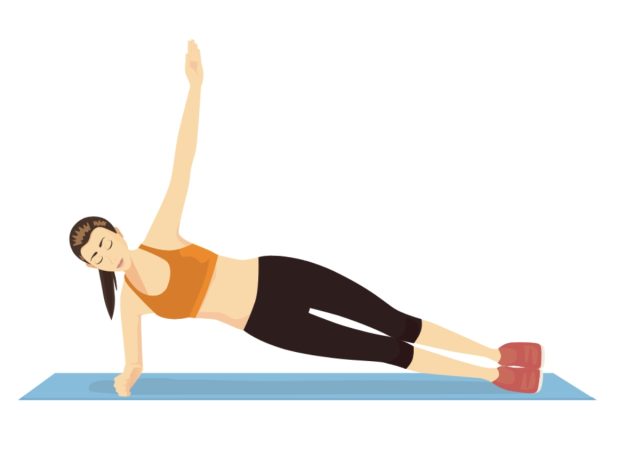
The side plank is a great isometric exercise for strengthening the obliques, hips, and shoulders and improving overall core stability.
- Lie on your side with your forearm on the ground and your body straight.
- Lift your hips off the ground, keeping your body straight from head to heels.
- Hold this position for 30 seconds, then switch sides.
- Complete 3 sets on each side.
Tricep Extension (With Resistance Band)
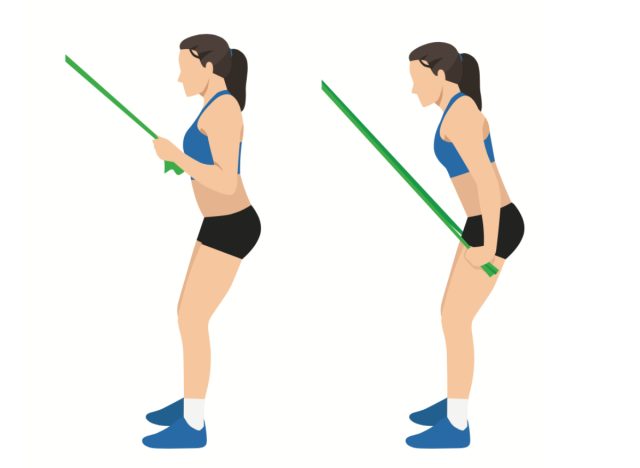
This isolation exercise targets the triceps, helping to tone and strengthen the muscles on the back of the upper arms.
- Secure a resistance band to a high anchor point.
- Stand facing the anchor, holding the handles with arms bent at 90 degrees.
- Extend your arms down by your sides, fully straightening your elbows.
- Complete 3 sets of 10-12 reps per side.
Step-up
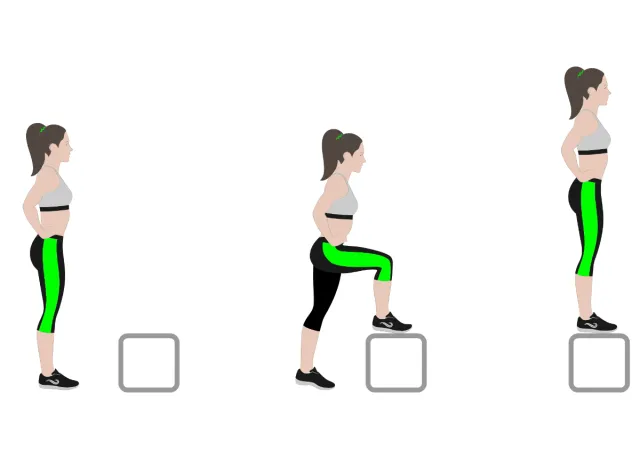
Step-ups work the quads, hamstrings, and glutes while also improving balance and functional strength, making them an excellent lower-body exercise for aging adults.
- Stand before a bench or step, holding a dumbbell in each hand.
- Step up onto the bench with your right leg, driving through your heel to stand tall.
- Step back down and repeat on the opposite leg.
- Complete 3 sets of 10-12 reps per side.
Frequently Asked Questions
What are resistance-building exercises?
Resistance-building exercises are activities that apply resistance to your muscles with the aim of increasing muscle strength, endurance, and mass. These exercises can include using weights, resistance bands, or your body weight to create the resistance needed for muscle development.
Why are resistance-building exercises important as you age?
As you age, muscle mass tends to decrease, leading to a decline in strength and functional abilities. Resistance-building exercises can help counteract this natural loss by improving muscle strength, bone density, balance, and overall physical function, ultimately enhancing quality of life and independence as you get older.
How many times a week should I do resistance-building exercises?
It is generally recommended to engage in resistance-building exercises at least 2-3 times a week. This frequency allows for adequate muscle recovery while providing enough stimulus for muscle growth and strength development. However, it is important to listen to your body and adjust the frequency based on your individual fitness level and recovery capacity.
Do I need special equipment for resistance-building exercises?
While some resistance-building exercises may require equipment such as dumbbells, resistance bands, or machines, many can be done using just your body weight or household items. It is possible to create effective resistance without fancy equipment, making these exercises accessible to everyone, regardless of resources.
How can I progress in my resistance-building exercises?
Progression in resistance-building exercises can be achieved by increasing the intensity, volume, or complexity of the exercises over time. This could mean adding more weight, performing more repetitions, or trying more challenging variations of the exercises. Gradual progression is key to continued growth and improvement.

